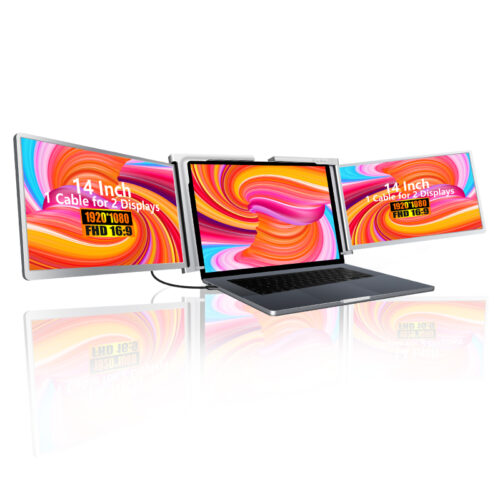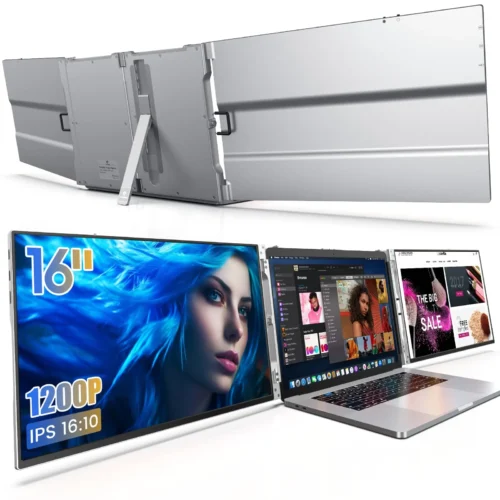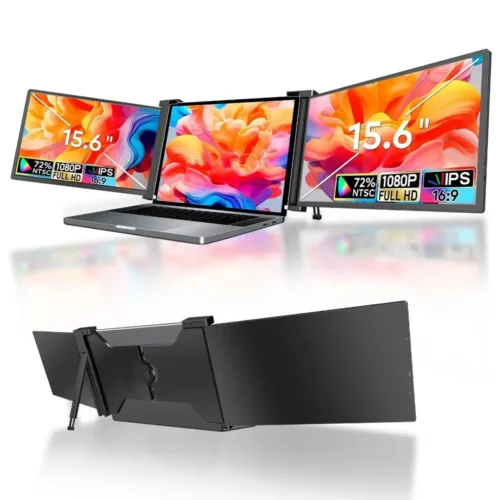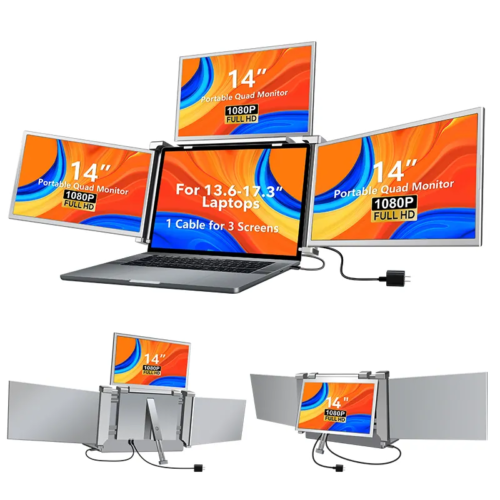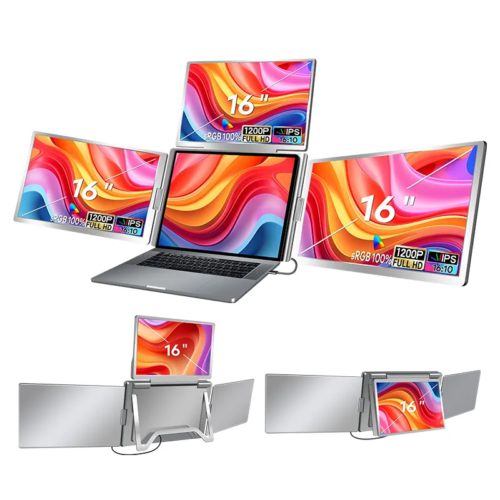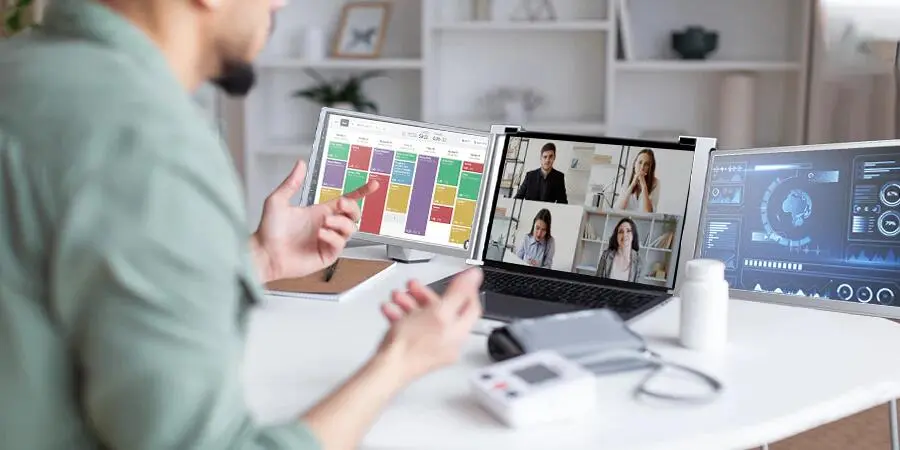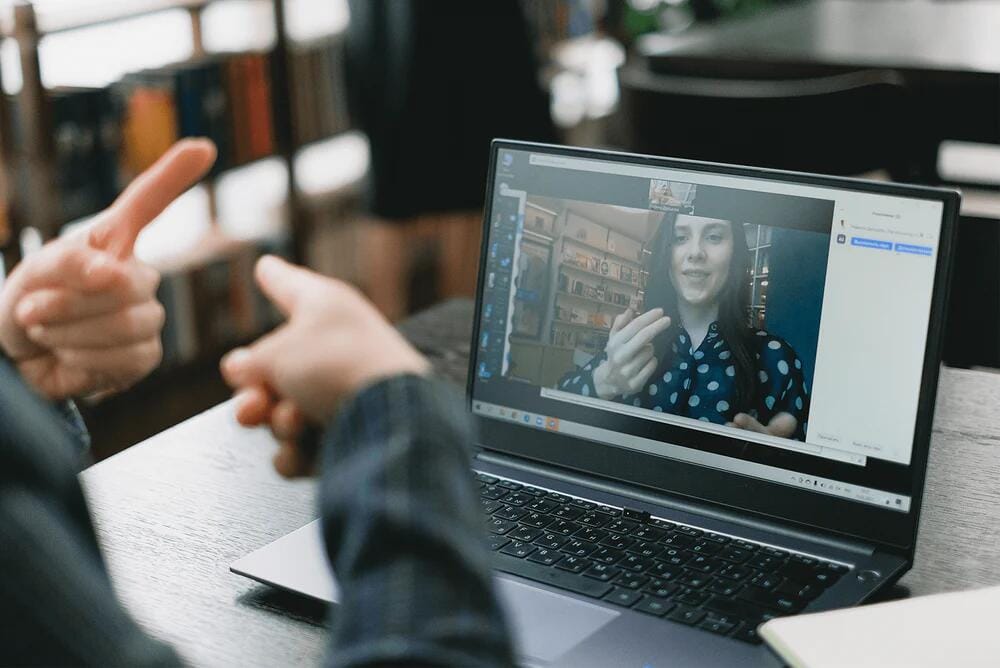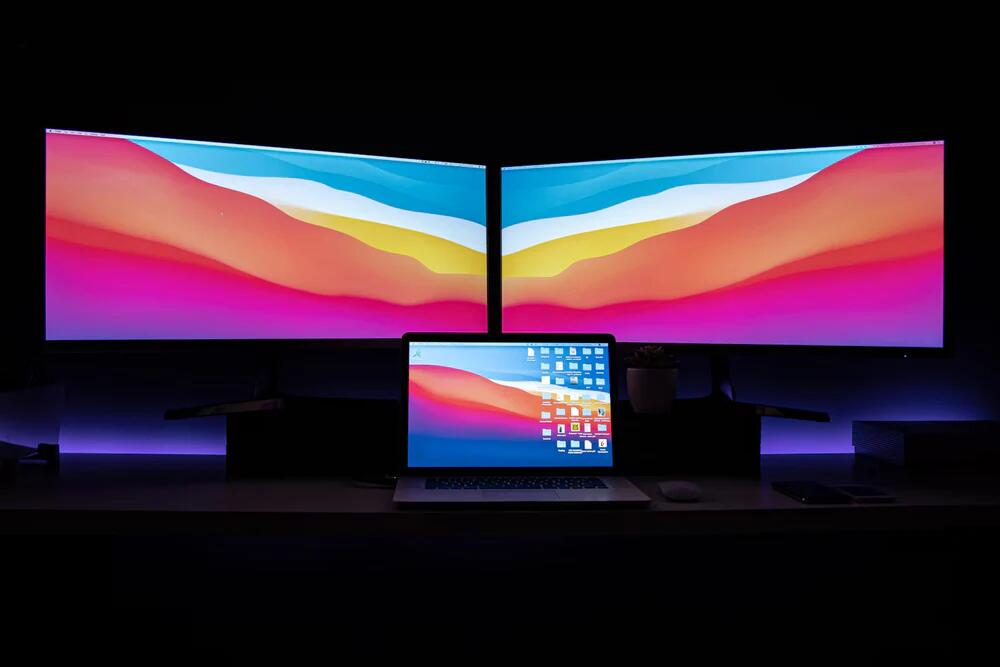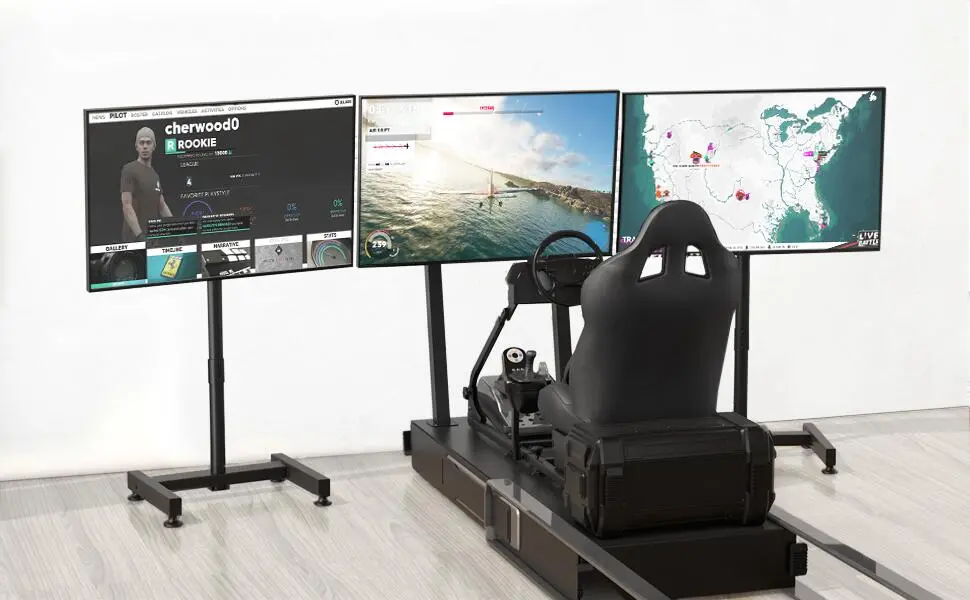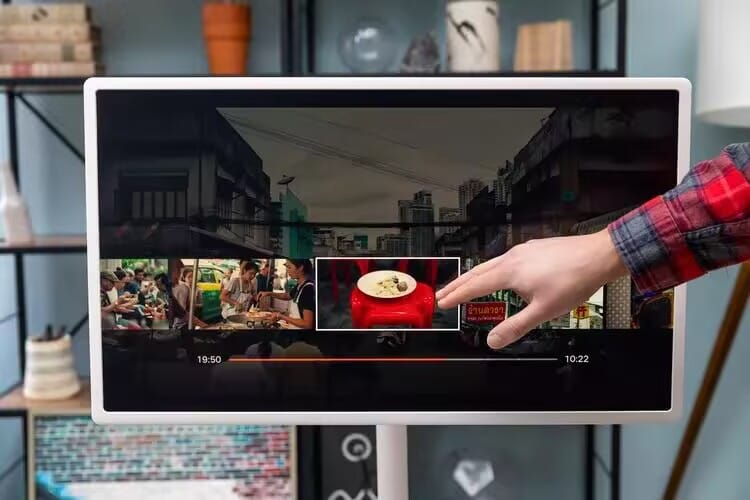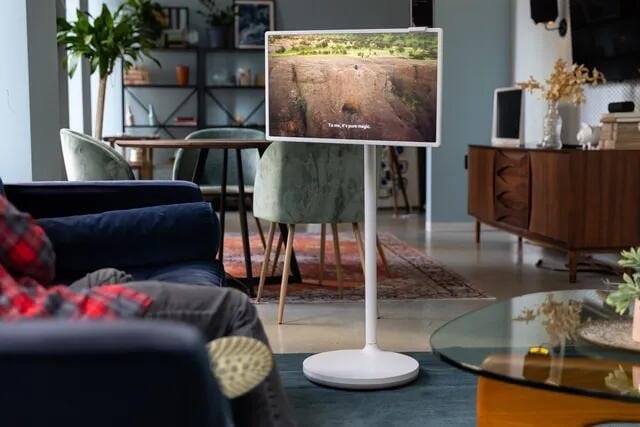Yes, you can certainly use your laptop as a monitor. Most Windows laptops have external display modes that allow them to be used as monitors for other computers. The way to do this will vary depending on the model of your laptop and the device you are going to connect it to.
What Are the Benefits of Using My Laptop as a Monitor?
One of the best benefits of utilizing your laptop as a monitor is that it allows you to increase your desktop real estate without the need to purchase an additional display. This can be especially handy if you are a home-based worker and do not have the availability of multiple monitors. Furthermore, if you own a high-definition laptop screen, utilizing it as a secondary monitor can provide a better picture than some lower-end monitors.
Can I Use My Phone or Tablet as an External Monitor Too?
Yes. There are apps for Android and iOS-based devices as well to enable them to be used as external monitors for other computers. Such apps do have the need for both the devices to be connected via Wi-Fi or Bluetooth for their correct operation.
Is It Worth the Cost of an External Monitor Besides My Laptop or Phone?
In the end, whether or not it is worth the investment of an additional external monitor is dependent on your individual needs and wants. If you frequently work with multiple programs open at the same time or require more space on the screen than even two monitors can provide, investing in a good quality external monitor might be worth it. But if you hardly ever need extra screen real estate and already possess effective gear like an up-to-date smartphone or tablet, converting one of those into a dedicated unit might be price-effective without any loss of utility.
Is My Laptop Good Enough to Be Converted Into a Gaming Monitor?
Yes. Using your laptop as an external monitor is a great way to play games on a larger screen without necessarily having to purchase a separate gaming monitor. Make sure you check, though, that both the machine you are attaching and your laptop have sufficient graphics capability to support graphically demanding games at high resolutions.
Can I Use My Laptop as a Monitor for Video Editing?
Yes. Using your laptop as an external monitor is a great feature to have extra screen real estate to work on video editing projects. But make sure that both your laptop and the other machine you plug it into are capable enough with processing and graphics to handle high-definition video files.
What About Using My TV as an External Monitor?
Yes. Many modern TVs are now coming equipped with HDMI inputs that can double as external displays for other hardware like a computer or games console. It is very useful if you need to have a bigger screen than you have available on your current kit but you’re not really prepared to make the investment in a dedicated monitor.
How Many External Displays Can I Attach to My Laptop?
This is a function of your laptop’s graphics strength and ports available. Most newer laptops have the ability to connect at least one external monitor, though some have the capacity to accommodate two or more. See your laptop specifications for specific capabilities.
How Are Extending and Duplicating Displays Different?
Display extension extends additional workspaces across screens so that various content is presented on each screen. Duplication replicates identical content on all screens, good for presentations or demonstrations.
How Do I Manage Multiple Monitors in Windows?
Windows has built-in facilities for managing multiple monitors, including display setup, orientation, and scaling settings in Display Settings. Keyboard shortcuts like Windows+P for projector settings and Windows+Shift+Arrow keys to move windows between monitors can enhance productivity.
What Is Screen Scaling and When Would I Use It?
Screen scaling changes the dimensions of material on your screen without changing resolution. It’s particularly useful with high-resolution (4K and above) screens where native resolution might render text unreadable at a comfortable size. Scaling may introduce occasional blurriness in certain applications, though, so experiment with different scaling settings to get the best compromise.
What Role Does Miracast Technology Play in Using a Laptop as a Monitor?
Miracast performs screen mirroring air to air, so that a compatible laptop becomes an extra screen for another device. Miracast uses WiFi Direct for establishing peer-to-peer connection without needing to be connected to the internet. Windows uses the “Connect” software for Miracast enabling. Although useful, Miracast suffers from latency (lag), unstable connection, and potentially poorer image quality than cable connections. It is suitable for regular use, presentations, or instances when cables are in the way.
What Are Some Potential Limitations or Issues When Using a Laptop as a Monitor?
Using a laptop as a second monitor (receiving the image) has several issues. Laptops don’t typically have video input connectors (DisplayPort-in, HDMI-in), so they can’t be used directly like a traditional monitor. Wireless solutions (Miracast) or software solutions are needed, but these introduce latency, lower resolution, or lost connections. Performance can be determined by network conditions (in the case of wireless solutions), hardware capacity, and software limitations. The laptop resources are also utilized to display the received screen, which can influence its performance and battery life.
ONext related products
14″External Laptop Monitors Full HD IPS Triple Screen Extendable Monitors For Laptops
16 inch Portable Triple Monitor for 15-17.3 Inch Laptop FHD 1200P Frameless Al Alloy Triple Screen Laptop Monitor Extender with USB/HDMI Tri-Screen Laptop Extender for Mac & Win
Upgraded 15.6″ Laptop Screen Extender,FHD 1080P Triple Laptop Extra Display Detachable
ONext 14″ Quad Monitor Laptop Screen Extender – FHD 1080P, 1 Cable for 3 Screens, Portable IPS for 13.6″-17.3″ Laptops (Win/Mac M1-M3)
ONext 100% SRGB 16 Inch Quad Monitor 1 Cable for Trifold Laptop Monitors, Vibrant 3-Display for Windows & MacOS
15.6″ Portable Dual Monitor Extender Foldable Dual Screen 1080P FHD IPS Portable Monitor for Laptop
